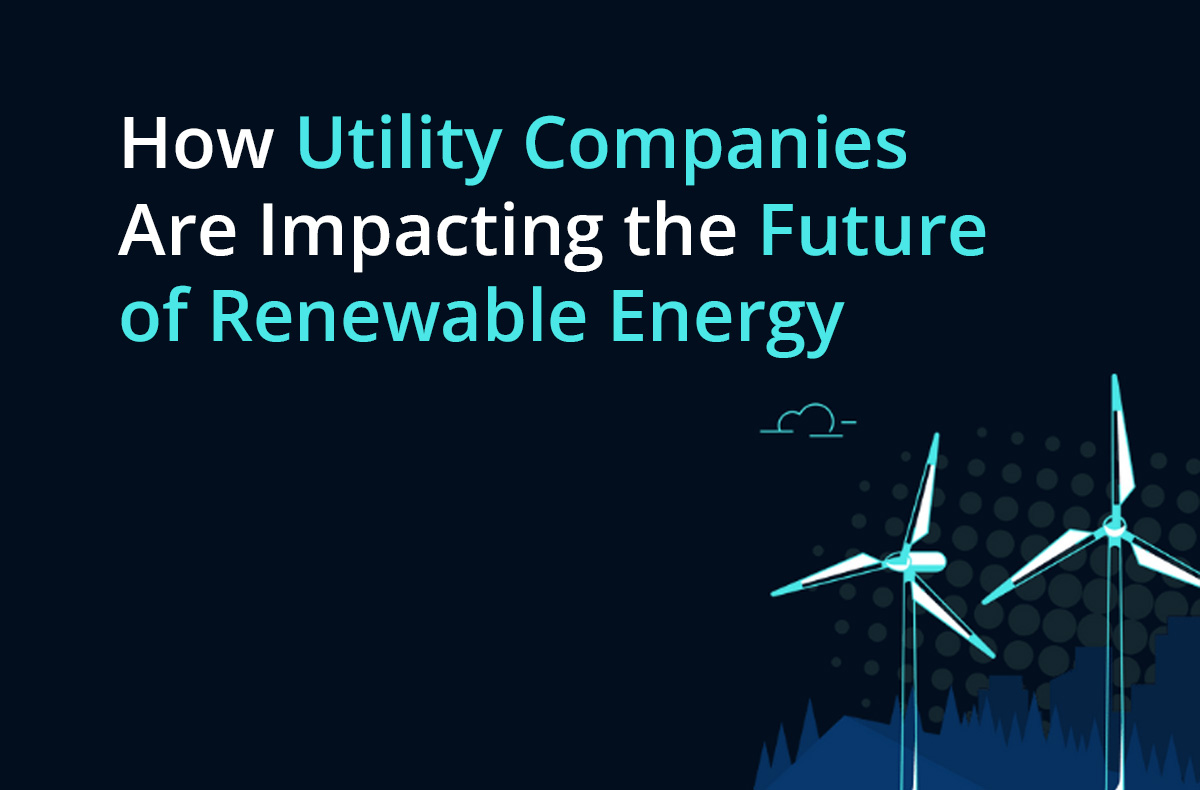Each year brings new challenges and opportunities for the renewable energy industry, and 2023 is no exception. We spoke with Dr. Laura Sherman, President of Michigan’s Energy Innovation Business Council (Michigan EIBC) about their energy innovation plans for the next year.
In this episode of Climate Chronicles, Laura provides background to the organization and her role in it, as well as what the state of Michigan needs to achieve its energy goals for 2030 and 2050.
Michigan EIBC’s mission is to grow Michigan’s advanced energy economy by fostering opportunities for innovation and business growth and offering a unified voice in creating a business-friendly environment for the advanced energy industry.
They work to build public and political support for advanced energy in Michigan. Their team offers energy policy expertise and translates member priorities into high-level policy wins that improve the business environment for advanced energy companies in the state.
Before joining Michigan EIBC, Laura served as the policy advisor to Senator Michael Bennet (D-CO) on energy, agriculture, and environmental issues. She later went on to work with Five Lakes Energy in a Senior Consultant role until 2019.
Continue reading to find out more about Michigan EIBC from its president, Dr. Laura Sherman, or listen to the podcast episode.
The Michigan Energy Innovation Business Council
The Michigan Energy Innovation Business Council (Michigan EIBC) is a trade organization, technically split into two organizations — Michigan EIBC and its partner non-profit, the Institute for Energy Innovation (IEI).
Michigan EIBC has 150 members and, as Laura explains, she and her team triangulate between all of them to find the policies that are going to help them, mostly at a state level. They then figure out ways to champion these policies and advocate for them at the legislature, the Public Service Commission, agencies, and the governor’s office.
The IEI allows Laura and her team to educate the public and policymakers, as well as conduct their own research and report writing on topics and ideas that are a step ahead of where the industry is right now.
For example, several years ago, they did a significant amount of research and events around electric vehicles. This was before the car companies had fully committed to the concept, but EIBC saw it coming.
Recently, they’ve been focusing on energy storage because, with all the investment in renewables coming, there’s going to be a need for more storage. “IEI allows us to be one step ahead, and the trade organization allows us to be grounded in what the industry is actually doing,” says Laura.
The one written rule for EIBC membership is that utilities that are rate-regulated in Michigan are not permitted to join. Some of their members are utilities in other states and countries, but not Michigan, because EIBC members have a variety of relationships with utilities. Some are clients, some are selling to utilities, and others are working with them or running pilots for them. There are many different member relationships and, as Laura explains, their role is to push the utilities to go a little further or do a little more than they want to do.
Many EIBC members wouldn’t necessarily want to do that themselves because of their relationships with the utilities. “If we had utilities as members, we wouldn’t be able to participate in the regulatory process or push them in the way we are currently able to because they are not members,” says Laura.
Current policies on Michigan EIBC’s radar
Michigan EIBC has a broad spectrum of members, which includes, but is not limited to, companies building electric vehicles and chargers, companies building software for those vehicles and chargers, energy efficiency and sustainability companies, wind and solar companies, consultants and lawyers, energy storage companies, and small-scale rooftop solar companies, to name a few. For each of these categories, Michigan EIBC aims to have a policy or challenge they are working on.
Laura explains that along with the agencies and the governor’s office, they’ve been focused on the state’s budget for 2023. That means trying to get key factors that will help their members — such as weatherization, electric vehicle charging, and incentives for renewables — into the budget process.
They’ve also been focused on ensuring that Michigan is implementing its federal dollars effectively and in a way that will work for the industry.
The Michigan Healthy Climate Plan
Michigan EIBC and a number of their members were involved in the creation of the Michigan Healthy Climate Plan, which is set for 2030.
Some of the high-level projects within this plan include increasing energy efficiency, electrifying more buildings — allowing people to switch from natural gas to electric appliances and heating — and having enough charging infrastructure to support 2 million electric vehicles.
Coupled with these aspects of the plan, there needs to be 2500 megawatts of storage to ensure the grid is stable.
All these combine into a broad vision that the state has set in the Climate Plan. However, as Laura explains, it’s more of a set of goals than a clear plan for what they need to do in order to achieve these goals.
The impact on Michigan
Studies have been done around job creation and development opportunities from both the Bipartisan Infrastructure Law and the Inflation Reduction Act combined.
It’s what Laura describes as a huge, once-in-a-generation influx of federal money and opportunities, which will be hugely beneficial from a job creation and industry perspective.
Challenges at a local level
The main challenge being faced currently, although it’s not a new one, is local opposition to these projects.
As Laura explains, there is a well-funded group (she believes from the fossil fuel industry) that is stirring up local concerns, often with inaccurate scare tactics.
There are also people living in more rural areas who don’t want their neighbors with large plots of land having solar panels or wind turbines on their properties.
“It’s not a new issue, but it is an issue, and conversation around it is growing because several high-level projects have been denied at a local level over the past couple of years, and people are starting to take note. Unless we have some solutions, we may not meet our goals.”
Michigan’s storage roadmap
Michigan EIBC responded to a request from the Michigan Department of Environment, Great Lakes, and Energy (EGLE) to craft a storage roadmap for Michigan — an estimation of how much storage they will need by 2030 and 2050 and the policy proposals that will achieve that.
They collaborated with Dr. Annick Anctil, Associate Professor at Michigan State University and the team at Great Lakes Energy, and found the state will require 2500 megawatts of storage by 2030 and 4000 by 2040 based on the utilities plans. They also calculated that solar plus storage is the most cost-effective option.
This hefty 300-page report is available for download on the EGLE website for anyone interested in learning more about storage.
Ultimately, Laura’s favorite part of the job is asking questions and discovering how companies like SkySpecs work, as well as what challenges are being faced in the industry and if there are policy solutions that will help.
For more from our in-depth discussion with Dr. Laura Sherman, listen to the episode on the SkySpecs website today.





